Last updated on: September 20, 2025
Are you one of the many people who have caught pickleball fever? If so, you may be wondering about the all-important dimensions of a pickleball court. Questions like “Are they the same size as tennis courts?” and “How do I draw my own court lines?” are common among new and experienced players alike.
Well, fear not! In this Guide, We’ll explore the ie boundary lines, discuss the ideal court size, and even teach you how to measure and mark your own pickleball court lines.
So let’s dive in and find out pickleball court dimensions!
Pickleball Court Dimensions
What Are the Dimensions of a Pickleball Court?
The standard dimensions of a pickleball court are 20 feet wide by 44 feet long, slightly smaller than a doubles tennis court. Whether you’re playing singles or doubles, the court size remains the same. This rectangular space includes baselines on the shorter sides and sidelines on the longer sides.
Pickleball Court Size Comparison:
- Pickleball court: 20 feet by 44 feet
- Tennis court: 36 feet by 78 feet
- Badminton court: Smaller than both!
.How to Measure a Pickleball Court
If you’re setting up a court at home or in your backyard, follow these steps:
- Mark the Sidelines: From the net, measure 22 feet out perpendicularly for each sideline.
- Mark the Baselines: Extend 20 feet horizontally from each sideline to create your baseline.
- Draw the Kitchen (Non-Volley Zone): Measure 7 feet from the net to mark the kitchen line on each side.
Make sure to chalk or tape your lines at least 2 inches wide for visibility.

Net Height and Placement
The pickleball net should be 36 inches high at the sidelines and 34 inches at the center. This encourages players to hit towards the middle, reducing errors and keeping rallies exciting.
The Non-Volley Zone (“The Kitchen”)
The non-volley zone (aka “the kitchen”) is a 7-foot area extending from the net on both sides. You can’t hit the ball while standing in this area unless it has bounced first. To mark the kitchen:
- Measure 7 feet from the net on both sidelines.
- Draw a line connecting those two points.
Court Markings and Boundaries
Boundary Lines
- Sidelines: 44 feet long
- Baselines: 20 feet long
- Kitchen: 7 feet from the net
The court is divided into two service boxes with a centerline running down the middle, perpendicular to the net.
Recommended Court Surfaces
Pickleball can be played on various surfaces, but the ideal one is a hard court made of acrylic, asphalt, or concrete. These surfaces provide a consistent ball bounce and good player traction.
How to Set Up a Pickleball Court
If you’re creating a court, you’ll need:
- Spool of string: To mark temporary lines before making them permanent.
- Tape measure: For accurate dimensions.
- Sidewalk chalk or court tape: To create clear, visible lines.
- Pickleball net: You can purchase a net or DIY one using PVC pipes and netting.
By following these steps, you’ll have your own pickleball court ready for action!
Supplies For Creating A pickleball Court
If you’re planning on creating your own pickleball court, there are a few supplies you’ll need to make it happen. Here’s a breakdown of what you’ll need:
- Spool of string or carpenter’s chalk: This will be used to mark the court lines before you draw the permanent lines. It’s important to get the lines just right, so make sure you have a reliable way to mark them out.
- Tape measure: You’ll need to measure out the court to make sure it’s the correct size. A tape measure will come in handy for this task.
- Sidewalk chalk, court tape, or gaffer tape: There are several options for creating the court lines, depending on how permanent you want them to be. Sidewalk chalk is a good temporary option, while court tape or gaffer tape will create more long-lasting lines. You’ll need approximately 2 large sticks of chalk per court or around 198 feet of tape.
- Pickleball net: Finally, you’ll need a net to divide the court and keep the game organized. There are a couple of options for this – you can either purchase a pickleball net or make your own using PVC pipes and netting.
By gathering these supplies, you’ll be well on your way to creating a fun and functional pickleball court that you can enjoy with friends and family for years to come!
FAQs
What are the dimensions of a standard pickleball court in feet?
The standard dimensions of a pickleball court in feet are 20 feet wide by 44 feet long. However, if you’re building a court in your backyard or other space, you can adjust the size slightly to fit the available space as long as you maintain the same proportions.
What is the height of the net in pickleball?
The net should be 36 inches high at the sidelines and 34 inches high at the center.
What is the recommended clearance around a pickleball court?
Having at least 10 feet of clearance around the court is recommended to ensure safety and adequate playing space.
Can pickleball be played on a carpet?
Pickleball is typically played on a hard surface, such as a tennis or outdoor basketball court. It is possible to play pickleball on a carpet, but it is not recommended as the ball may not bounce correctly and could cause players to slip or trip. The best surface for pickleball is a hard court made of asphalt, concrete, or another durable material.
Can the court be adjusted for different skill levels?
Yes, the court can be adjusted for different skill levels using smaller paddles or softer balls, but the dimensions should remain the same.
How often should a pickleball court be maintained?
A pickleball court should be swept regularly to remove debris, and any cracks or damage should be repaired as soon as possible. The court should also be resurfaced as needed.
Can pickleball be played indoors?
Yes, pickleball can be played indoors, but the court dimensions and net height should remain the same as outdoor courts.
Can the court be used for other sports?
While pickleball courts are specifically designed for pickleball, they can also be used for other sports, such as badminton or tennis, with slight modifications to the court markings.
Is a pickleball court the same size as a badminton court?
No, a pickleball court is not the same size as a badminton court. A pickleball court is larger than a badminton court but smaller than a tennis court.
What are pickleball court dimensions in meters?
According to the USA Pickleball Rule book, a standard pickleball court has dimensions of 10 meters x 19.5 meters. However, the actual playing area within these dimensions is slightly smaller, measuring 6.1m x 13.4m. The book also suggests a minimum playing area of 9.1m x 18.2m.
How much space do you need for the pickleball court?
A pickleball court is approximately 20 feet wide and 44 feet long for both singles and doubles play. So, you need at least 880 square feet of space for a standard pickleball court.
What is the smallest possible pickleball court?
If space is limited, it is possible to create a smaller pickleball court. The smallest recommended size for a pickleball court is 30’x60′, which is one-fourth the size of a standard tennis court.
This size is called a “short court” or “mini court” and is typically used for teaching children or beginners the game of pickleball. The smaller court size can also be used for playing singles and doubles matches when space is limited.
However, it’s important to note that while this is the smallest recommended size, it’s always better to have a larger playing area whenever possible to allow for better movement and gameplay.
What is the best court surface for pickleball?
A hard surface like acrylic, concrete, or asphalt provides the best playing experience.
Read More
Calculator: Pickleball Calories Burned Calculator, Pickleball Win Percentage Calculator, Pickleball Skill Rating Calculator: Find Your Level in Minutes
Shoes: Diadora Pickleball Shoes Review, Best Women’s Pickleball Shoes Tested by Pros, Are Hoka Shoes Good For Pickleball?
Equipment: Best pickleball paddles under $100, Where to Rent Pickleball Paddles ,Best Pickleball Paddle Cover, Can Pickleball Machines Improve My Game? Worth it or not
Play: How To Find Pickleball Courts Near You?, Pickleball Courts In NYC, Best 13 Pickleball Courts Near San Diego

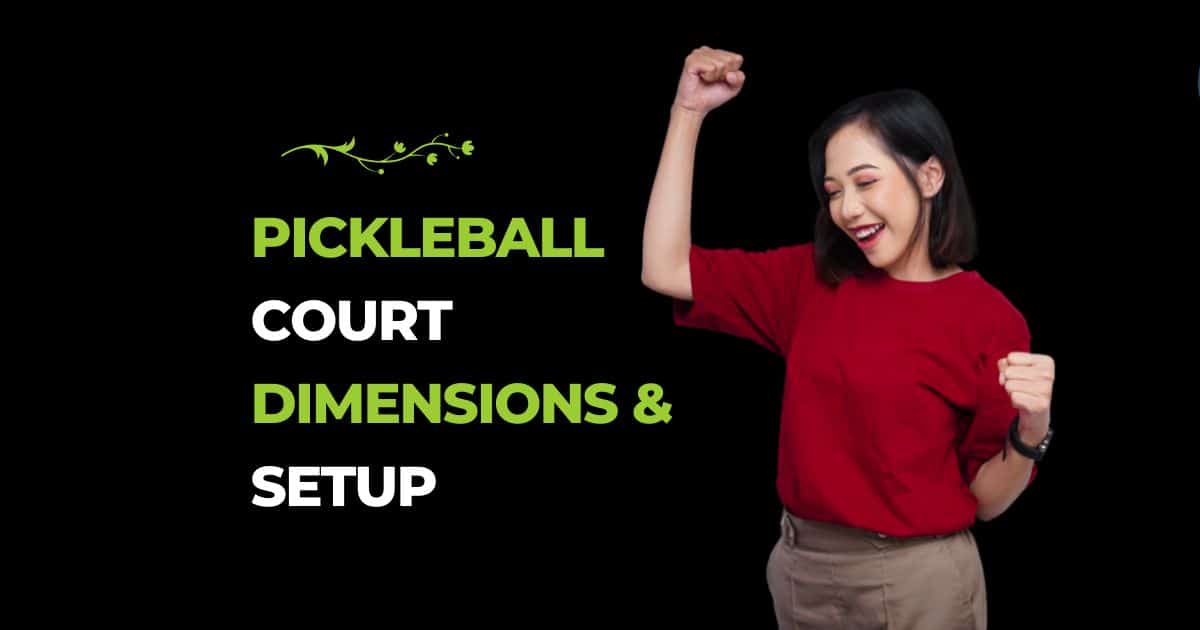
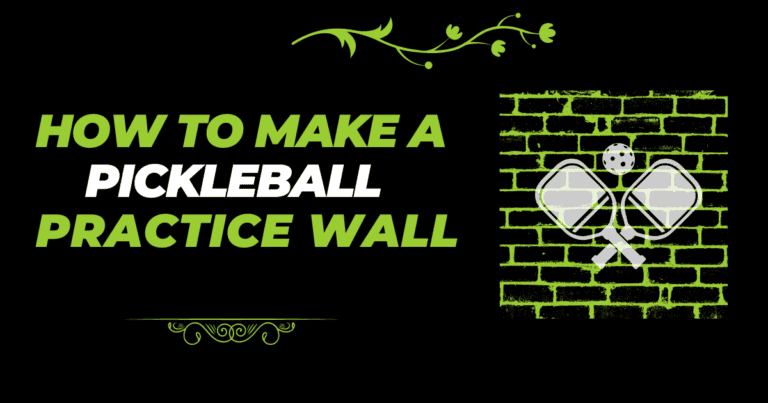
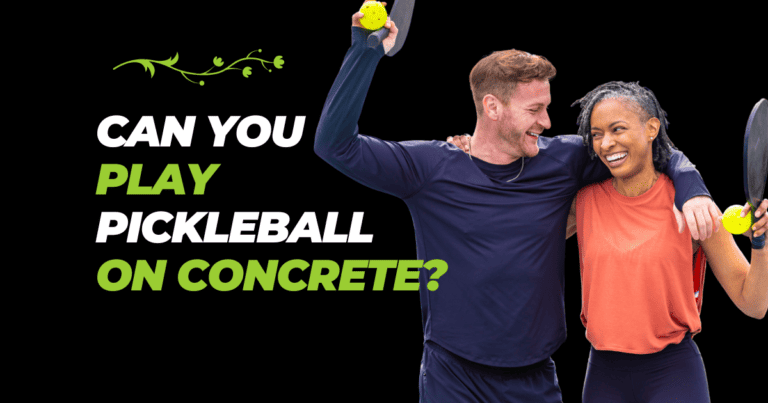

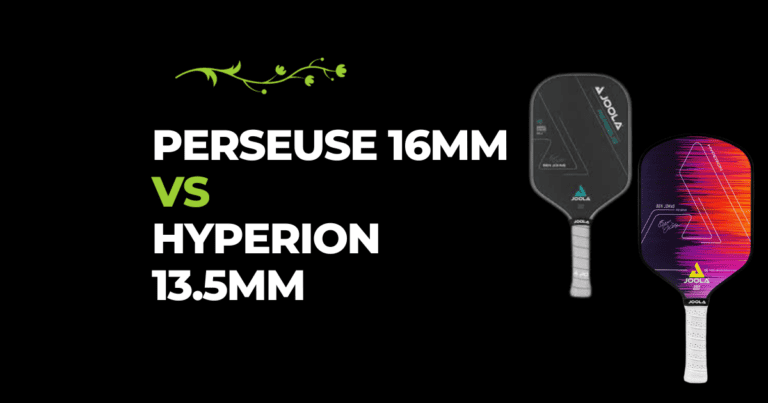
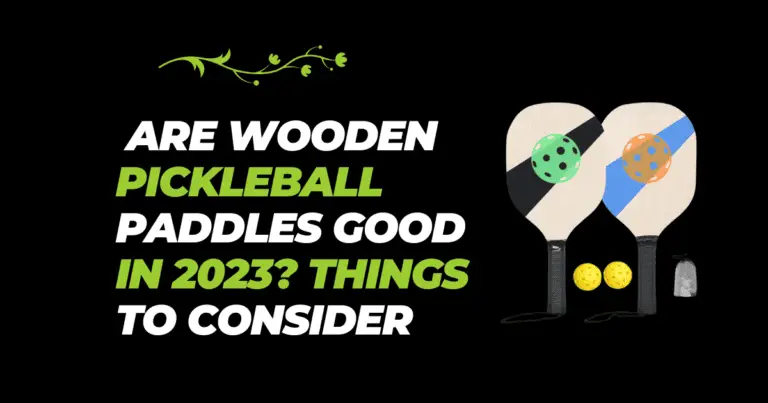
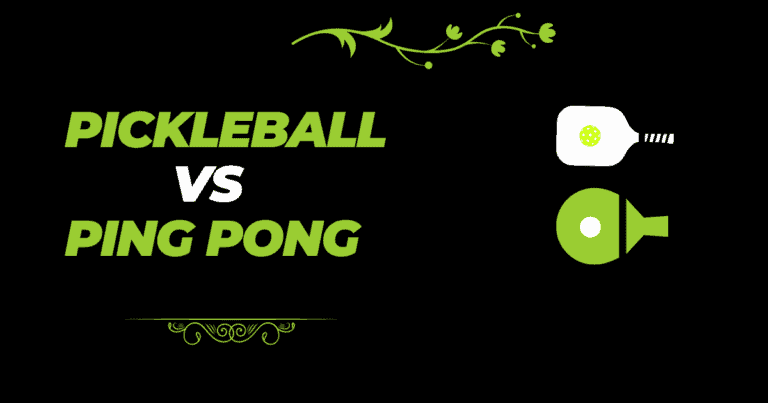
3 Comments